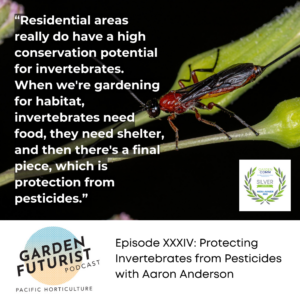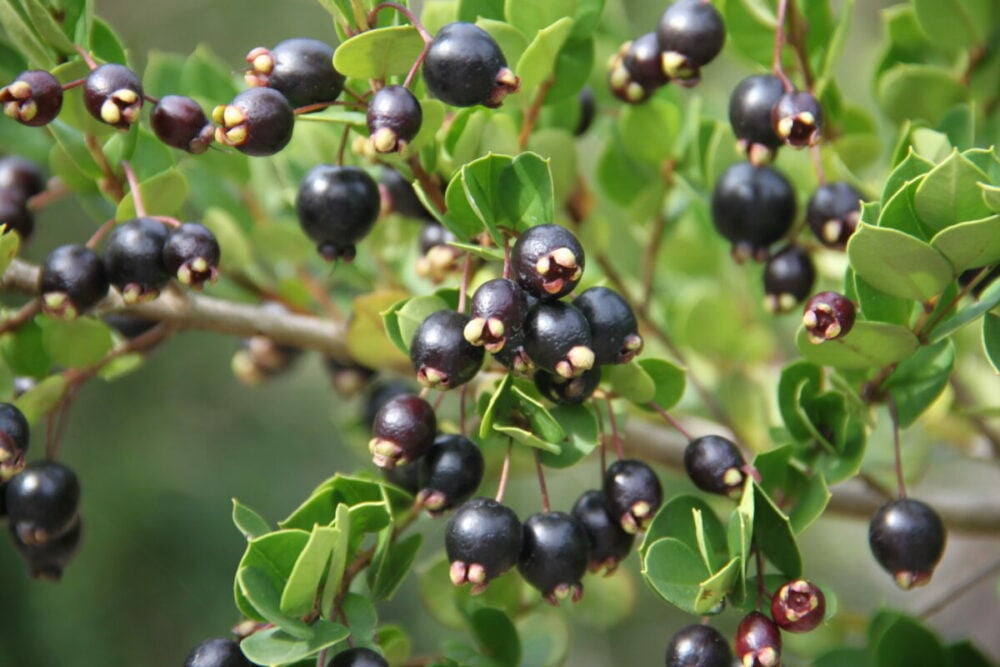
Laboratory Report
Contributor
Butterfly Feeding Preferences
The natural attraction of flowers to butterflies adds excitement to the garden for many gardeners, and has prompted the horticultural industry to market as many of such “butterfly” plants as possible. One of the most widely grown is lantana (Lantana camara) in its many cultivars. Researchers in Alabama noted that the lantana cultivars varied in their attractiveness to native butterflies, observing that ‘New Gold’ and ‘Radiation’ were visited to a greater extent than eight other commonly grown selections. This prompted a research project to determine why. Among the factors found to be important were: the number of inflorescences at different times (which affected the amount of visible light reflected), flower numbers per inflorescence, percentage of yellow flowers, amount of nectar, and the ratio of the amounts of sucrose to fructose and glucose. The researchers concluded that all of these characteristics should be considered in any breeding program to enhance the attractiveness of lantanas to butterflies. Journal of Environmental Horticulture 20: 9-18.
Branching of Potted Plants
Growers have been looking for methods to encourage the natural branching of herbaceous plants other than by pruning them. Designed to do just that is a new material, Configure (benzyladenine), recently introduced to the horticultural marketplace. Currently, the label limits Configure’s use to coneflowers (Echinacea) and hostas, but the label is in the process of being expanded so the product can be used on a greater variety of plants. Grower Talks 72 (1): 42-52.
New Carrots
Several decades ago, plant breeders in Wisconsin worked to increase the amount of beta carotene (a precursor of vitamin A) in carrots, resulting in a seventy-five percent increase. More recently, they have bred carrots that are purple, red, yellow, and white. Red carrots contain lycopene, a substance considered helpful against heart disease and certain cancers. Yellow carrots accumulate xanthophylls, which are compounds similar to beta carotene; they also contain lutein, which promotes good eye health. Purple carrots contain powerful antioxidants called anthocyanins. Because of the reluctance of the public to eat foods that differ in color from the familiar, researchers are also working with taste testers to get the needed thumbs-up from the public. Agricultural Research 52 (11): 12-13.
Extracted Rose Petals
In the raising of poultry, researchers have found that wood shavings amended with dried rose petals, from which the essential oils have been extracted, proved to be a better type of litter under the chickens than wood shavings alone. There was less microbial contamination, due to the acidic nature of the essential oils residue. These acids inhibited bacteria and reacted with some of the ammonia produced, resulting in less odor from the litter. South African Journal of Animal Science 34: 75-79.
Honey Bees and Big Pumpkins
Members of the pumpkin family (Cucurbitaceae) need insects to transfer pollen from male to female flowers. In pumpkin production, natural pollinators include bumble bees, carpenter bees, honey bees, and squash bees. In a field experiment, adding a hive of honey bees (25,000 bees) early in the season did not affect the number of jack-o-lantern (Cucurbita pepo) fruits but did increase the number of large-size pumpkins (C. moschata) and processing pumpkins (C. maxima). The extra bees also increased the individual fruit weights of C. pepo by twenty-six percent, of C. moscata by seventy percent, and C. maxima by seventy-six percent. In most cultivars of these three species, seed numbers and seed weights were also increased. Hort Science 41: 370-373.
Sound Detection
The black vine weevil is a major pest of container-grown nursery crops. The larvae live in the soil, feeding on and damaging the roots of a variety of plants; they also can girdle main stems below the soil line. Current methods of detecting the weevil larvae rely on sampling pieces of roots, which can be destructive to the plants. To avoid this, a researcher in Florida used an acoustical technique to monitor the larvae. In the late fall, a twelve-inch nail was inserted near the root crown, and an accelerometer was magnetically attached to it. Characteristic sounds emitted by these larvae were detected, monitored by headphones, and recorded. These were computer analyzed in the laboratory, using a custom processing software, to determine the degree to which the larvae were present and feeding on plant roots. Early tests have been valid in fifty-seven percent of the containers tested; with more use and refinements, this success rate is expected to improve. Environmental Horticulture 20: 166-170.










Responses